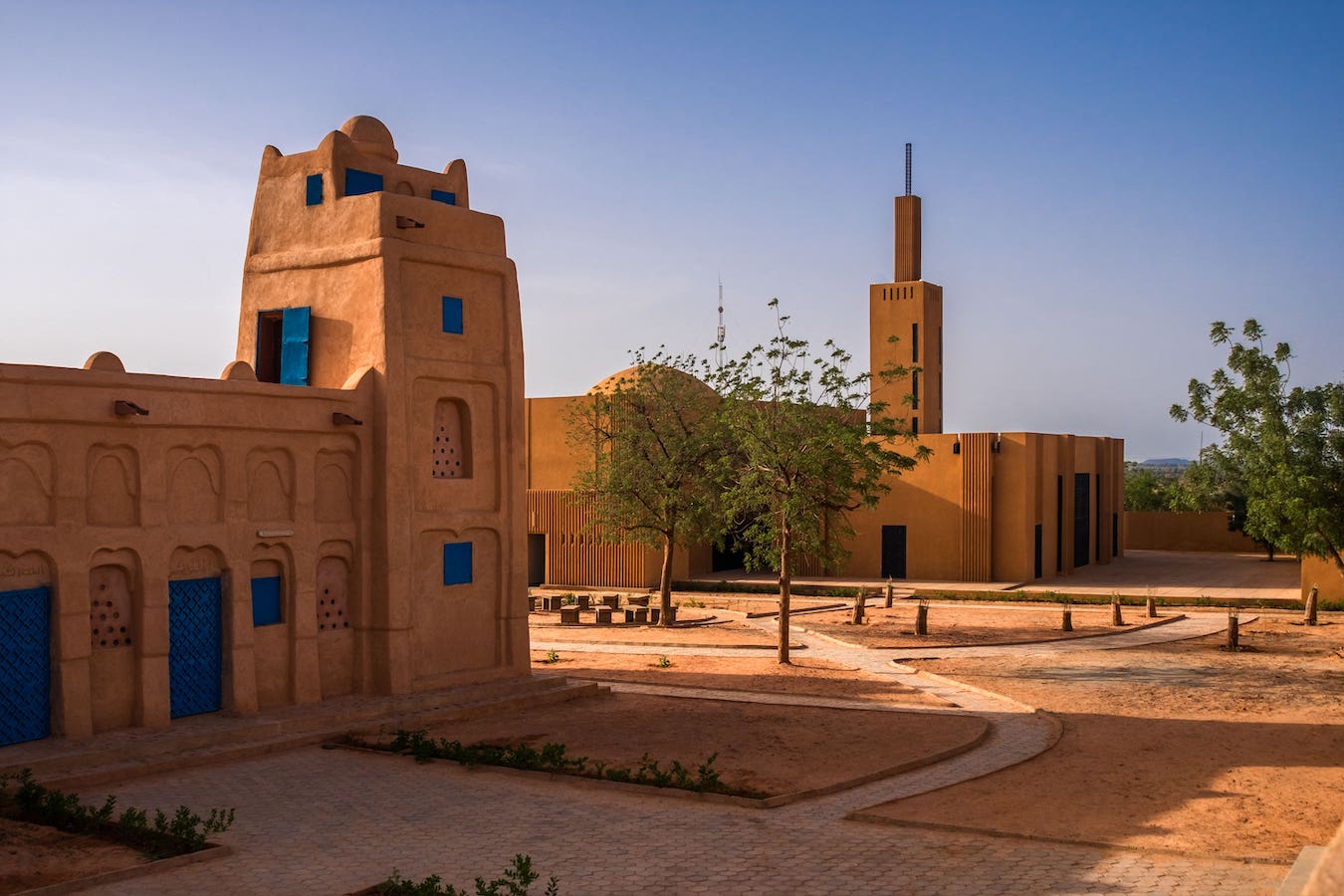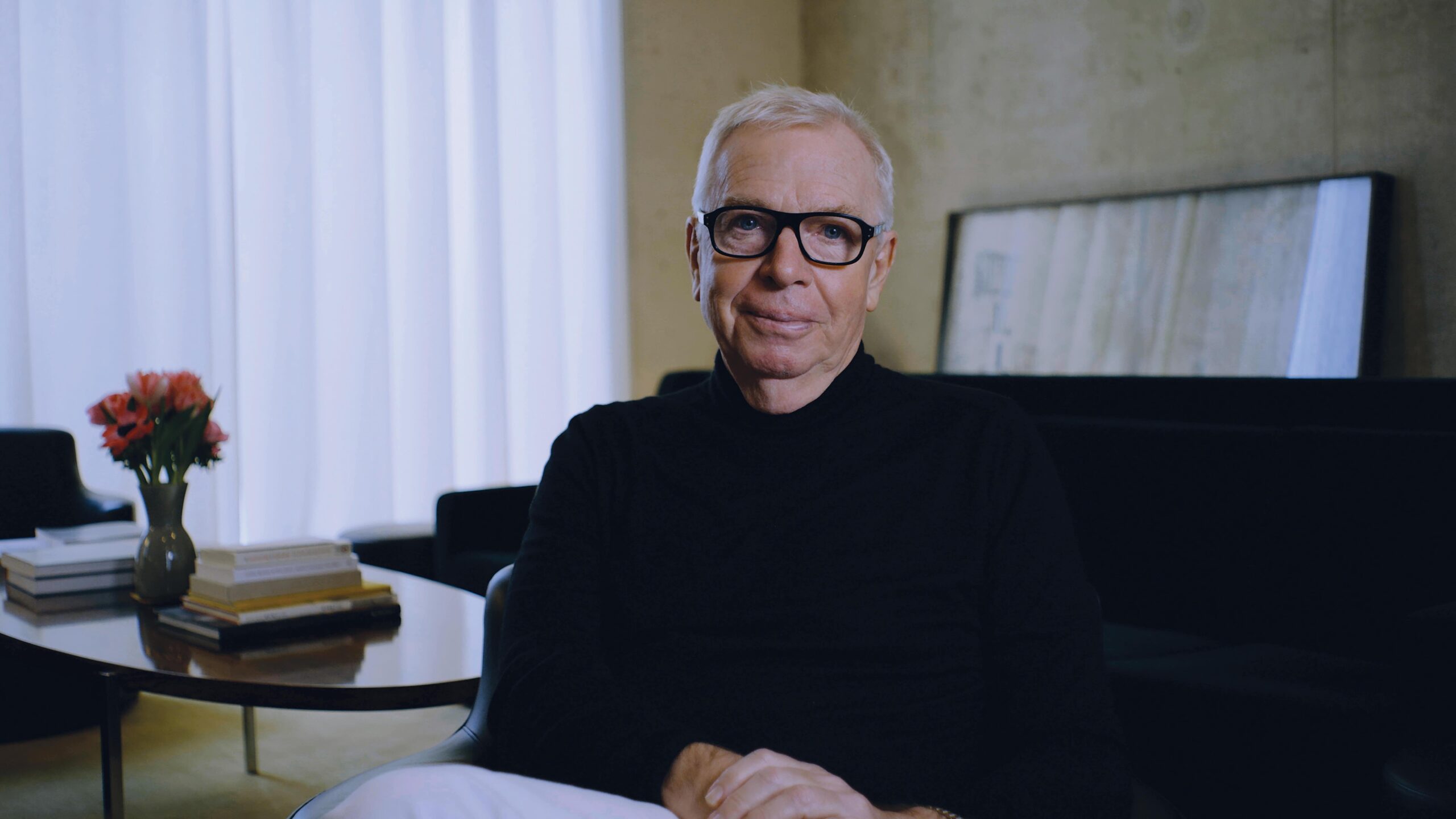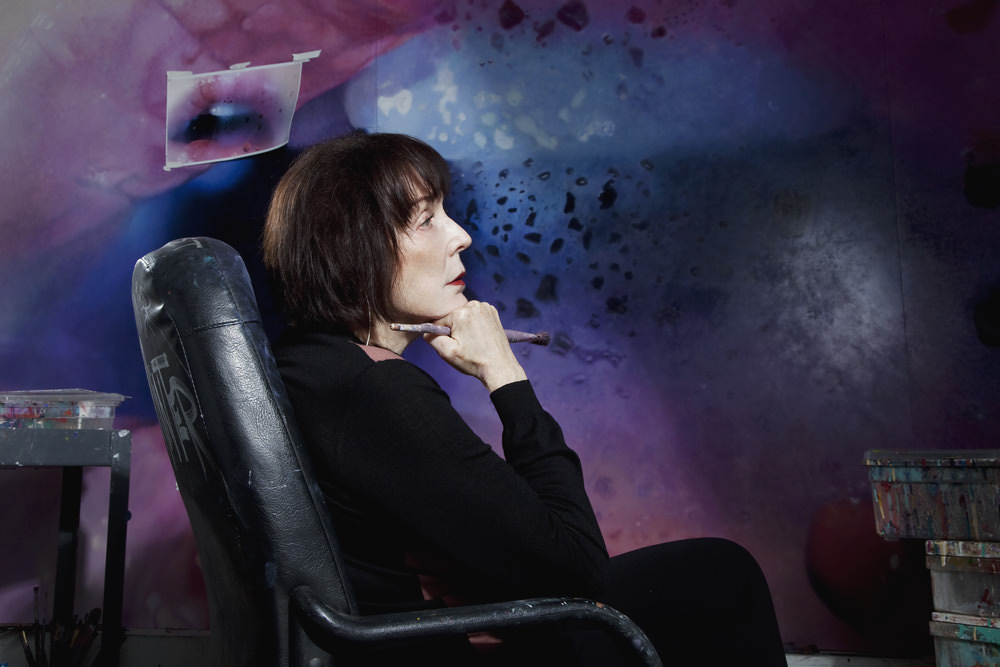How atelier masōmī is Championing Local Narratives
Mariam Issoufou Kamara founded the Niger-based architecture and research firm atelier masōmī in 2014. At the inception of a project, atelier masōmī considers its impact—from creating jobs for the local economy to being inspired by native histories that benefit building techniques, resources, and materials. Then, training programs and occupations are often offered to locals, transmitting education and opportunity to the local community that lasts beyond the project’s creation. In this vein, Kamara approaches architecture as activism for the continuation of local identity.
In 2016, atelier masōmī completed Niamey 2000, a housing project in Niger’s capital that responded to its socioeconomic conditions and the need for housing in a rapidly growing city. Inspired by pre-colonial cities in the region like Timbuktu in Mali and Kano in Nigeria, it remained sensitive to societal building norms and the local land by creating one- and two-story buildings made of compressed earth blocks (CEB). This technique, which Kamara learned firsthand from Francis Kéré, continues to inform the build of projects and community involvement. In 2018, the firm completed the Hikma Community Complex—a renovation and historical preservation project that transformed a derelict mosque into a library, gathering space, and research center for the secular and religious worlds to peacefully coexist.
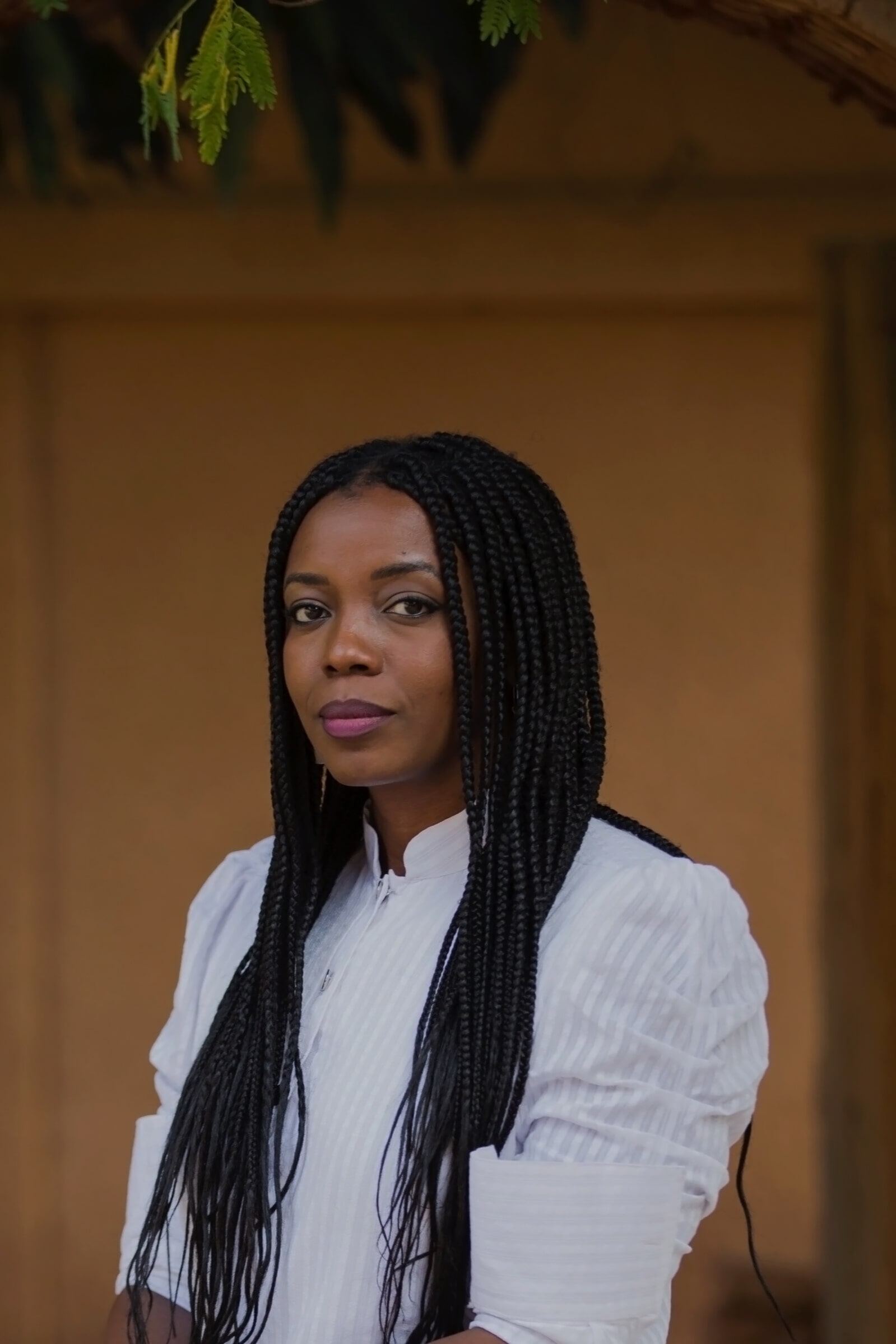
Portrait of Mariam Issoufou Kamara by Aboubakar Magagi, courtesy of atelier masōmī.
Ahead of its tenth anniversary next year, atelier masōmī is creating a museum and cultural center in Senegal named Bët-bi, a housing plan in Sharjah in the UAE named Hayyan, the local Yantala Office building using CEB construction, the Niamey Cultural Center, and the Ellen Johnson Sirleaf Presidential Center for Women and Development in Monrovia, Liberia—the first-ever presidential center for the first woman president in Africa, dedicated to her personal and professional work. From her headquarters in Niamey, Kamara joined Whitewall on Zoom to share how her projects are rooted in local identity with economic and social sustainability in mind.
WHITEWALL: Your firm pursues various typologies. What does each project’s approach have in common?
MARIAM ISSOUFOU KAMARA: What drives me is the impact of the project—or the potential for impact. If this is a project that wants to be sustainable or be attached to a place in a certain way, these projects interest me because when we start researching, we uncover many things that we’re able to inject into the project. We’re able to involve local skills and local knowledges; discover local histories that we can interweave in the project. There’s this openness the moment it comes down to impact.
WW: How do you consider the impact of a project before it begins?
MIK: We’re often approached to develop the vision of a project from scratch or help make a conceptual proposition so funds can be acquired for the project—especially for public or cultural projects, where funds are not readily available. Because of that, we get to have a lot of say and agency in some of the objectives behind the project—if it’s a project that has a strong local identity; a project that sometimes has an impact on the people of the place. And then we uncover those additional opportunities for impact later, during the research phase, and we make that an argument to the client for how the project could have all these other dimensions. We also must remain mindful of respecting the client’s constraints, economic or otherwise, and propose something that makes sense.
Something I discovered that made me hopeful in humanity was having this conversation about impact going into a design phase and seeing that everybody wants to do the right thing most of the time, even on commercial projects. They just don’t want that to break the bank. I don’t think it’s necessarily unreasonable. Architecture is incredibly expensive. One of our challenges is figuring out how to embed these opportunities for impact—and have them result in savings for the client, which has been the case for a few in the past.
“Architecture has such a profound effect on people, how they see themselves and therefore have confidence in the future.” — Mariam Issoufou Kamara
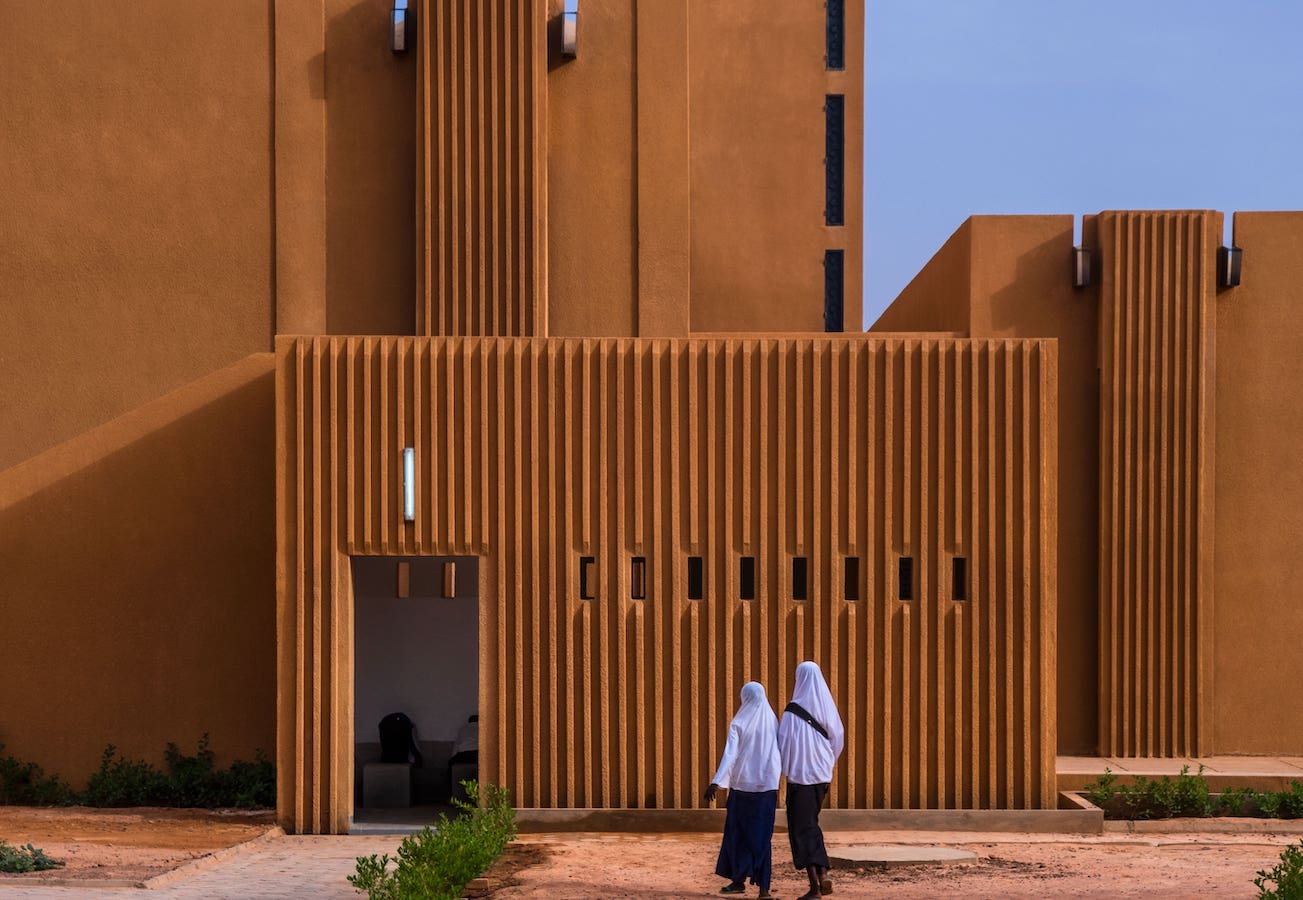
Hikma Religious Secular Complex, photo by James Wang, courtesy of atelier masōmī.
WW: Working locally expands upon the relationship of circular economy and sustainable architecture. How are you thinking about that as you approach each project?
MIK: There are local skills on the ground. The problem with a universal view of architecture is that it doesn’t allow you to do that. It means there’s one form that architecture can take, one set of materials it can use. Obviously, that’s not true. We’ve spent a lot of time teaching everyone how to make that kind of architecture when that kind of architecture has no place here.
For me, it’s a matter of cultural sustainability on top of economic sustainability. When you’re in a situation where 70 percent of the population is illiterate, training goes a long way in providing this basic economic means. In each project, using as many hands as possible is positive.
With Hikma, for instance, we used the same contractor, and he needed a larger crew. We were in a remote area and needed more hands, so he hired people from the village, and they learned how to make the bricks. Now they’re starting to work on projects in other villages using the same techniques. That’s incredibly rewarding.
WW: You spoke of low literacy rates, and the educational impact on employment. What is the impact of working on a project like Hikma Religious Secular Complex, converting a mosque into a library for a community with low literacy rates and high economic vulnerability? Are you thinking about architecture as activism?
MIK: It is completely activism. This is why I’m an architect. I became an architect to try and elevate, dignify, and provide people with a better quality of life. I wanted to be an architect because I loved the idea of creating buildings and drawing, but I didn’t pursue it after high school and I became a software developer. Then I wanted to be an architect so badly that I eventually dropped everything and went back to school. At the time when I dropped everything, I somehow had enough maturity to think very deeply about concrete problems in countries such as mine. I was thinking about all the different layers that make our realities what they are—the impact of our history and colonization, of what we think of as globalization, the global overtaking of Western form and identity.
When I started architecture studies, I was trying to reimagine what our present and what our future could look like. It started around this idea with Niger, and now I’m realizing I’m able to generalize to other contexts now that we’re working in other places. For me, it was much more interesting to try and do justice to the places we’re building in and for the people for whom we’re making architecture. It’s completely from an activist point of view.
That’s also why I decided my firm would be in Niger, and I’d move back from the United States, where I had been living. It’s why I hire locally, train the staff, and why it’s so important to expose them to projects outside of Niger.
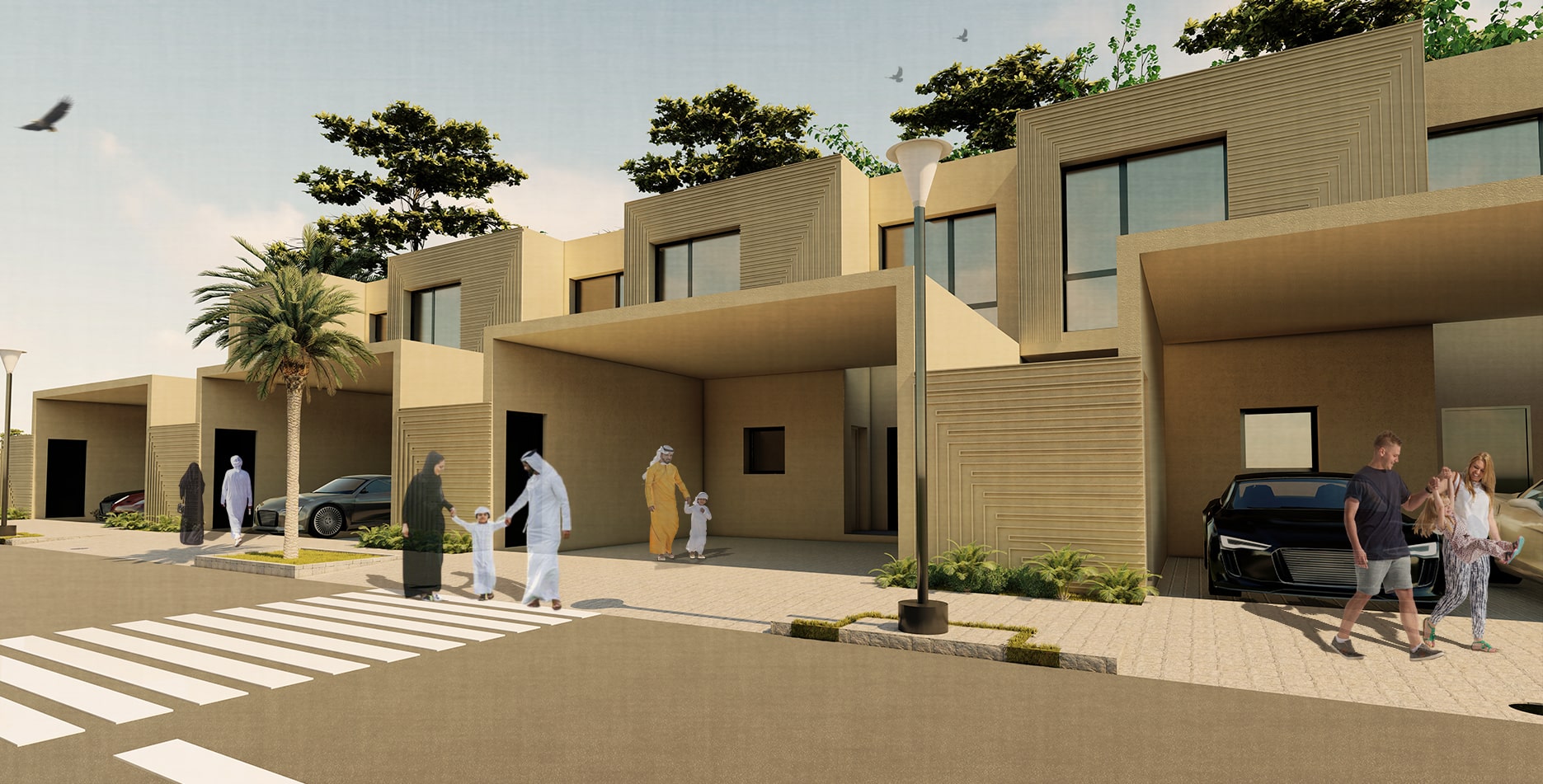
Rendering of the Hayyan Townhomes, courtesy of atelier masōmī.
WW: Your upcoming museum in Senegal, Bët-bi, will be located in the vicinity of Kaolack, which is situated in a historic region of Senegambia. How did you approach designing this space to consider its past?
MIK: My approach was to come up with a new type of space that took inspiration from the roots and spiritual legacy of this region. The region historically formed part of the Saloum Kingdom, jointly founded by the Serer and Mandinka people. The Mandinka are known for monumental architecture, having historic links to the Mali Empire, while the Serer held a deeply mystical indigenous religion that had an intimate relationship to the natural elements—the sun, wind, water, and ancestral spirits. The Bët-bi Museum’s design is inspired by the Serer and Mandinka people. By burying the galleries below the ground, we pay homage to the spiritual legacy of the land while also creating an inclusive communal public space aboveground.
Architecture has such a profound effect on people, how they see themselves and therefore have confidence in the future. While museums were initially created to house plundered objects from the outer reaches of colonial empires, with the Bët-bi Museum we tried to figure out what the place of a museum can be for a place like this one. The result was a design for a space that not only housed art, but one that locals could interact with without having to go inside. They could use the communal spaces for family outings or picnics, for example.
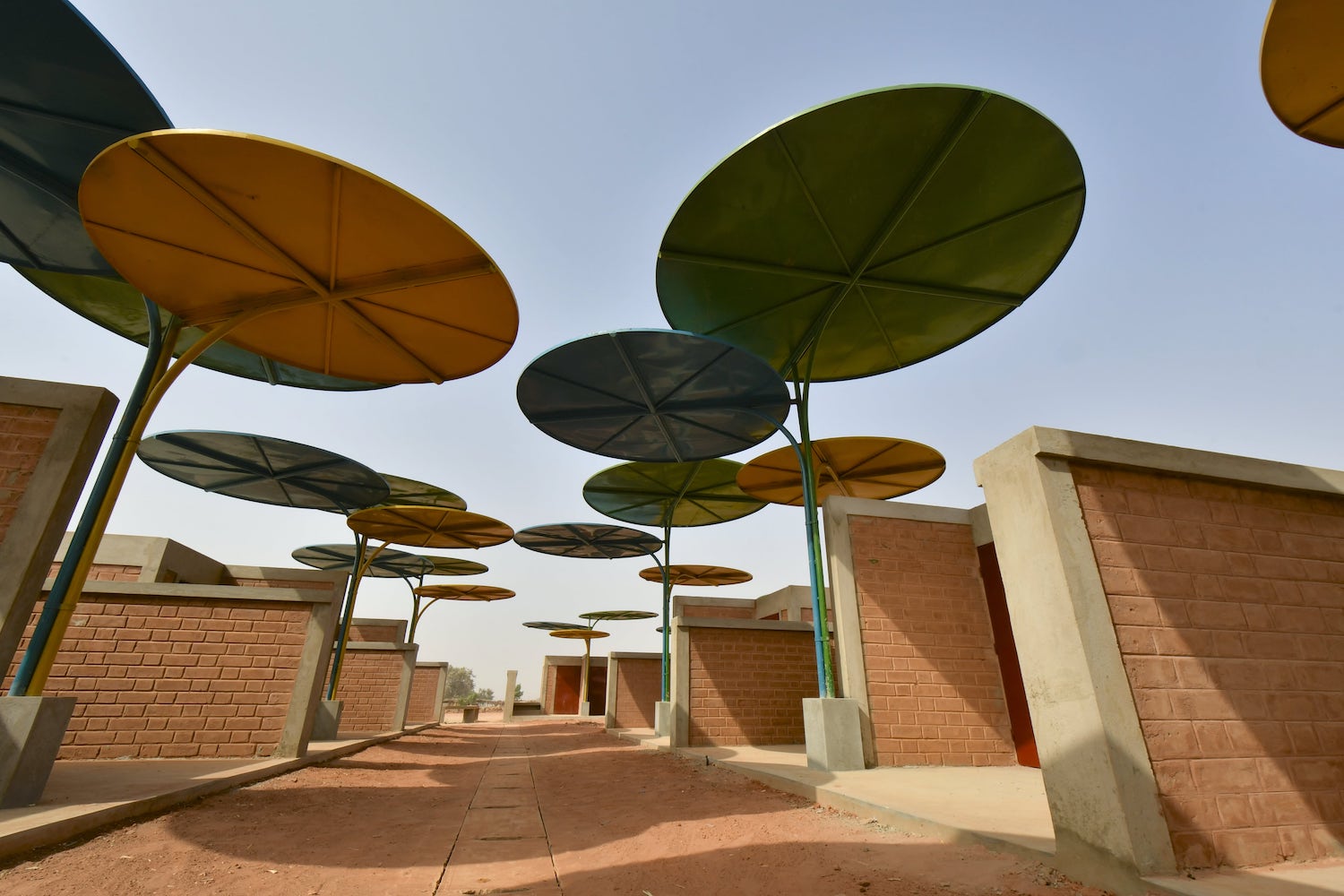
Dandaji Market, photo by Maurice Ascani, courtesy of atelier masōmī.



